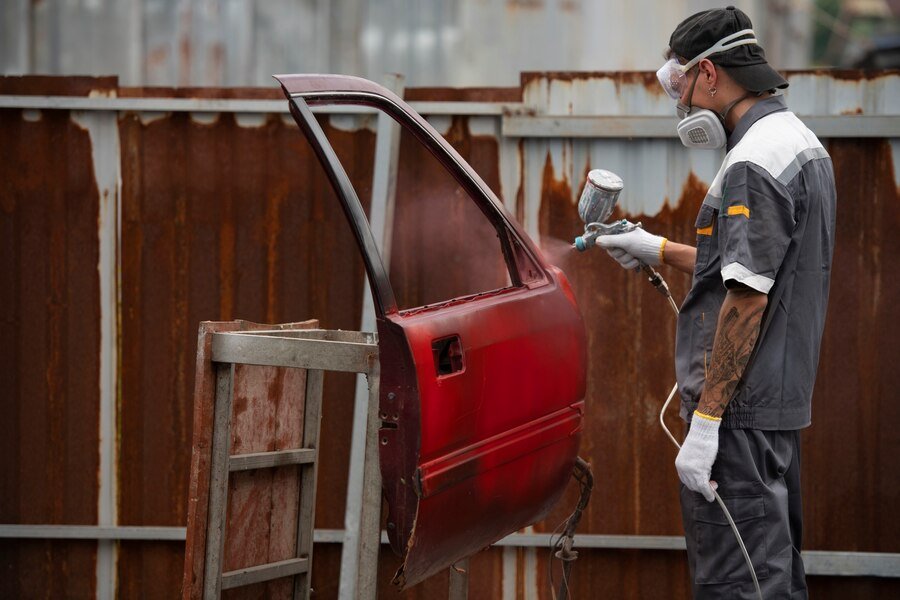When it comes to modifying vehicles, one of the most common and popular changes is tinting the windows. Tinting enhances the vehicle’s appearance, offers privacy, reduces glare, and can even protect the interior from UV damage. However, the use of window tint is regulated differently in each state, and if you reside in Texas or plan on driving through, it’s essential to understand the laws specific to this area—particularly for front windows. In this guide, we will explore everything you need to know about legal tint in Texas front windows, including the regulations, fines, and tips for compliance.
Understanding Window Tint Terminology
Before diving into Texas-specific regulations, let’s clarify some common tint-related terminology:
- VLT (Visible Light Transmission): This is the primary measurement used in window tint regulations. It represents the percentage of visible light that can pass through the tinted window. Lower VLT percentages indicate darker tints.
- AS-1 Line: A designation found on most windshields that marks the upper limit for non-reflective tint. Anything above this line is not allowed.
- Medical Exemptions: Some states, including Texas, have exceptions for drivers with medical conditions that make them sensitive to sunlight.
Texas Window Tint Law for Front Windows: The Basics
Texas law is specific when it comes to the amount of tint allowed on vehicle windows, particularly front windows. The regulations are primarily defined by two main areas: the windshield and the front side windows.
1. Windshield Tint Regulations
For windshields, Texas law permits non-reflective tint to be applied above the AS-1 line. The AS-1 line is a small marking on the windshield, typically about 5-6 inches from the top. Any tinting below this line is prohibited unless the driver has a legal exemption. essential note that even with allowed tint must have a VLT of 25% or more, meaning at least 25% of light must able pass through tinted area.
2. Front Side Window Tint Regulations
For the front side windows (driver and passenger), Texas law mandates that the tint must allow at least 25% of light to pass through (i.e., a minimum 25% VLT). This means that the tint should not be too dark and should allow for reasonable visibility. Unlike some states that only require this for the front driver’s window, Texas law applies this standard to both the driver’s and passenger’s front side windows.
Tint Reflection and Other Requirements
Aside from VLT, the law also regulates reflectivity. In Texas:
- The front side windows should not have a reflectance of more than 25%.
- No mirrored or excessively reflective tint is allowed, as it can cause glare and impair visibility for other drivers.
Medical Exemptions for Tint in Texas
In Texas, medical exemptions for window tint are available under certain circumstances. If a driver or passenger has a condition such as photosensitivity or lupus, which makes them particularly sensitive to sunlight, they may qualify for a medical exemption. In such cases, they must have documentation from a certified physician and approval from the Texas Department of Public Safety. With a medical exemption, the permissible VLT and tint placement rules may be relaxed to accommodate the needs of the driver or passenger.
Penalties for Non-Compliance
If a vehicle is found with illegal window tinting, the owner can face penalties. In Texas:
- First Offense: A fine up to $200.
- Subsequent Offenses: Repeated violations may lead to steeper fines and legal complications.
Law enforcement officers use specialized tools to measure the VLT of a window. If a tint is found to be too dark, the driver will typically receive a citation and be required to fix the tint to comply with the law.
The Impact of Tint Darkness on Safety
While dark tint can provide a cooler interior and enhanced privacy, it’s essential to balance these benefits with safety considerations. Darker tints reduce visibility, particularly at night or in poor weather conditions, and can make it more challenging to see pedestrians, cyclists, or obstacles.
Texas enforces these regulations to ensure that drivers maintain adequate visibility, both for their safety and the safety of others on the road. Front windows are a particular focus because they are critical for clear driver vision.
Tips for Choosing a Legal Tint in Texas
When selecting tint for your front windows in Texas, keep the following tips in mind:
- Choose a Certified Tint Installer: Reputable tinting shops are familiar with local laws and will provide tint options that comply with Texas regulations.
- Ask for a Tint Meter Test: After installation, ask your installer to use a tint meter to check the VLT of the front windows. This ensures compliance before you hit the road.
- Keep Documentation Handy: If you have a medical exemption, always keep the relevant paperwork in your vehicle. In case of a traffic stop, this documentation will help you avoid unnecessary citations.
- Consider Clear UV Protection: If your primary concern is blocking UV rays rather than privacy, consider clear or lightly tinted films that still block harmful UV radiation without violating the legal VLT limits.
Conclusion: Stay Informed, Stay Legal
Understanding the legal tint in Texas front windows is crucial for anyone looking to modify their vehicle’s appearance while staying compliant. With a VLT requirement of 25% for the front side windows and restrictions on windshield tinting below the AS-1 line, it’s essential to follow these regulations closely. Choosing a compliant tint not only helps avoid fines but ensures that your vehicle remains safe and roadworthy.
For drivers with medical conditions, Texas provides exemptions, but these must be properly documented. Always ensure you’re familiar with the latest Texas tint laws, as regulations can change. By staying informed and choosing right tint, enjoy the benefits of a cooler, more private ride without legal hassles.
This comprehensive guide on legal tint Texas front windows should help anyone looking to modify their vehicle’s tint while staying within law. If you need more tailored information or state-specific advice, always consult local authorities or certified tint installers.

